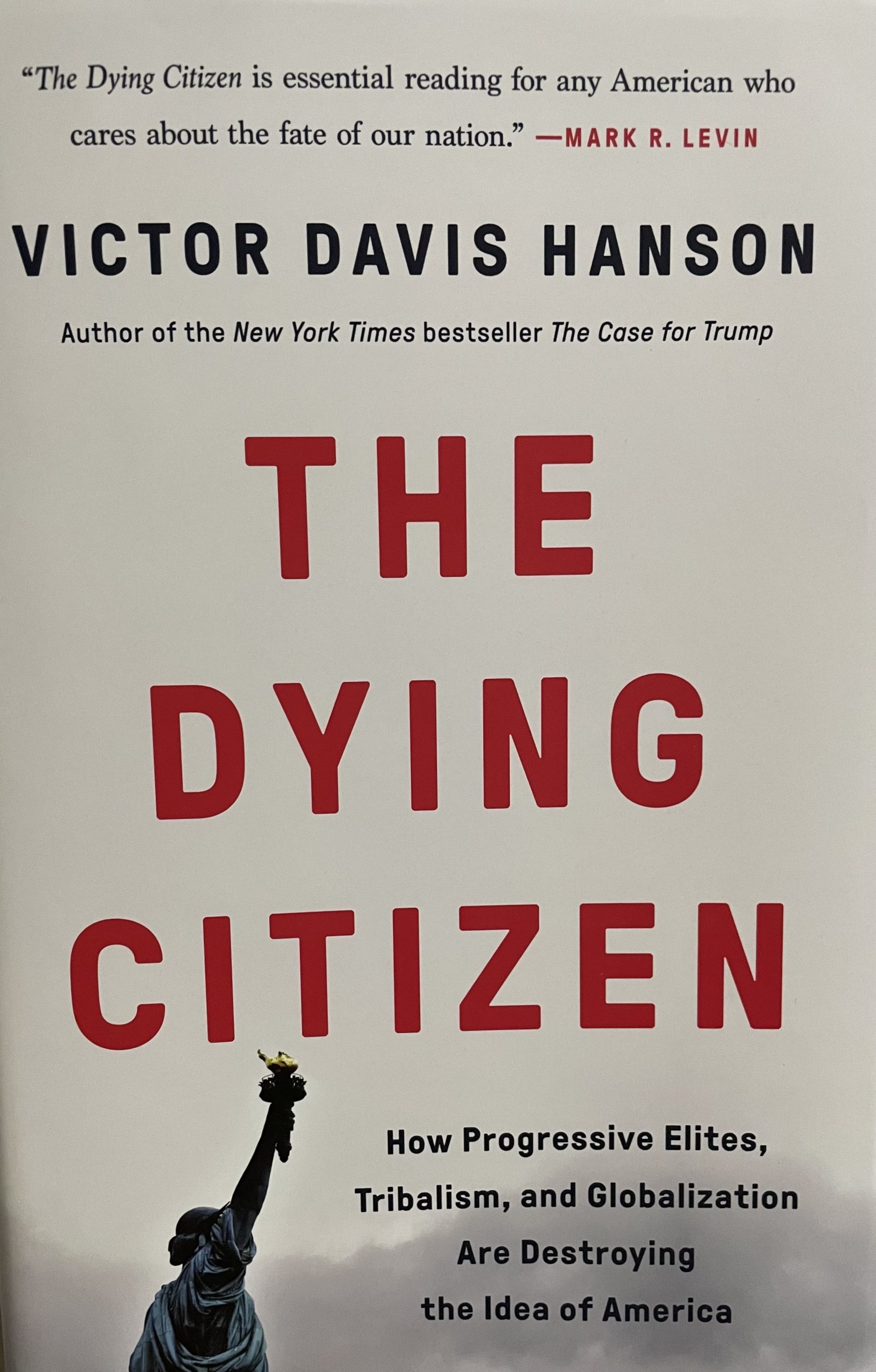The North American Free Trade Agreement. NAFTA, between Canada, U.S. and Mexico, signed by President Clinton encourages graphic posts of murders of Mexicans by cartels and corrupt officials, panelists on a panel at the Modern Language Association (MLA) meeting in Vancouver, Canada claimed.

Professor Hilda Chacon, Nazareth College of Rochester, said the graphic images of executed Mexican students and other civilians were due to the emergence of the Internet and cyberspace. This creation of “a complex, mirage of images of violence” has created “an exoticized good for violent consumption…[in]…post-NAFTA Mexico.”
Ignacio Corona of Ohio State University, said, “There is no Mexican modernity…only future guarantee[s]” of NAFTA and wealth. He said, “We have not had to wait to arrive at the NAFTA, neoliberalism or the narcoterrorism state.” He predicted that these “NAFTA marks” could bring revolution. Mexico is struggling today, he said, because the “revolution’s lack remains its promise.”
Actually, according to Amnesty International, violence in Mexico predated both NAFTA and the Internet by quite a few years. “President Calderón’s government continued to ignore evidence of widespread human rights violations, such as arbitrary detentions, torture, enforced disappearances and extrajudicial killings, committed by security and police forces,” AI reported in its 2013 human rights report on Mexico. “During his six-year presidency, which ended in December 2012, more than 60,000 people were killed and 150,000 displaced as a result of drug-related violence.”
“Drug cartels and other criminal gangs were responsible for the vast majority of killings and abductions, but often operated in collusion with public officials. The criminal justice system remained gravely flawed with 98% of all crimes going unpunished. Indigenous Peoples were at particular risk of unfair criminal justice proceedings. Migrants in transit were victims of attacks, including abduction, rape and people trafficking. Several journalists and human rights activists were killed, attacked or threatened. A protection mechanism for human rights defenders and journalists was established in law. Violence against women and girls was widespread.”
“Impunity for grave human rights violations committed during the 1960s, 1970s and 1980s persisted. The National Supreme Court (Suprema Corte de Justicia de la Nación, SCJN) incorporated human rights obligations into groundbreaking rulings, including restrictions on military jurisdiction. The new government of President Enrique Peña Nieto signed a pact with other political parties, which included some human rights commitments, and made promises to combat continuing high levels of poverty. “










